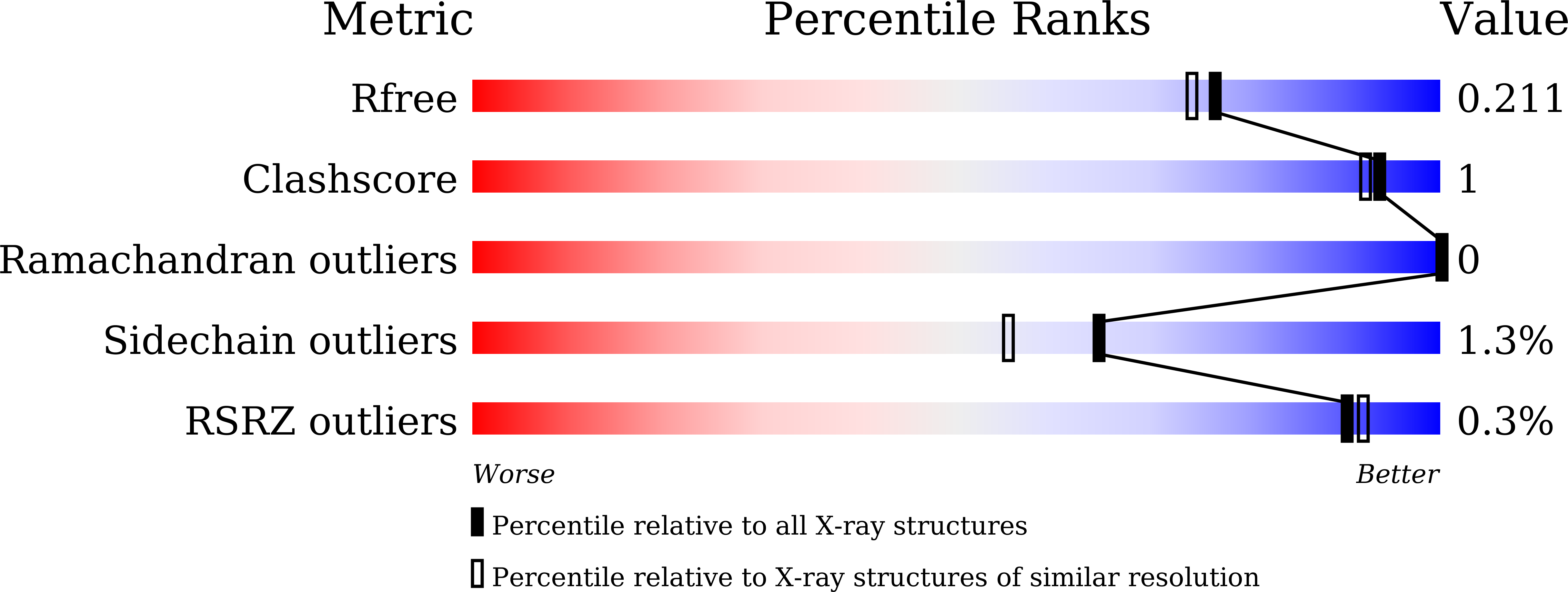
Deposition Date
2024-01-09
Release Date
2025-01-15
Last Version Date
2025-07-02
Entry Detail
PDB ID:
8XSH
Keywords:
Title:
Crystal structure of the Actinobacillus minor NM305 glucosyltransferase
Biological Source:
Source Organism:
Actinobacillus minor NM305 (Taxon ID: 637911)
Host Organism:
Method Details:
Experimental Method:
Resolution:
1.85 Å
R-Value Free:
0.21
R-Value Work:
0.15
Space Group:
C 1 2 1


